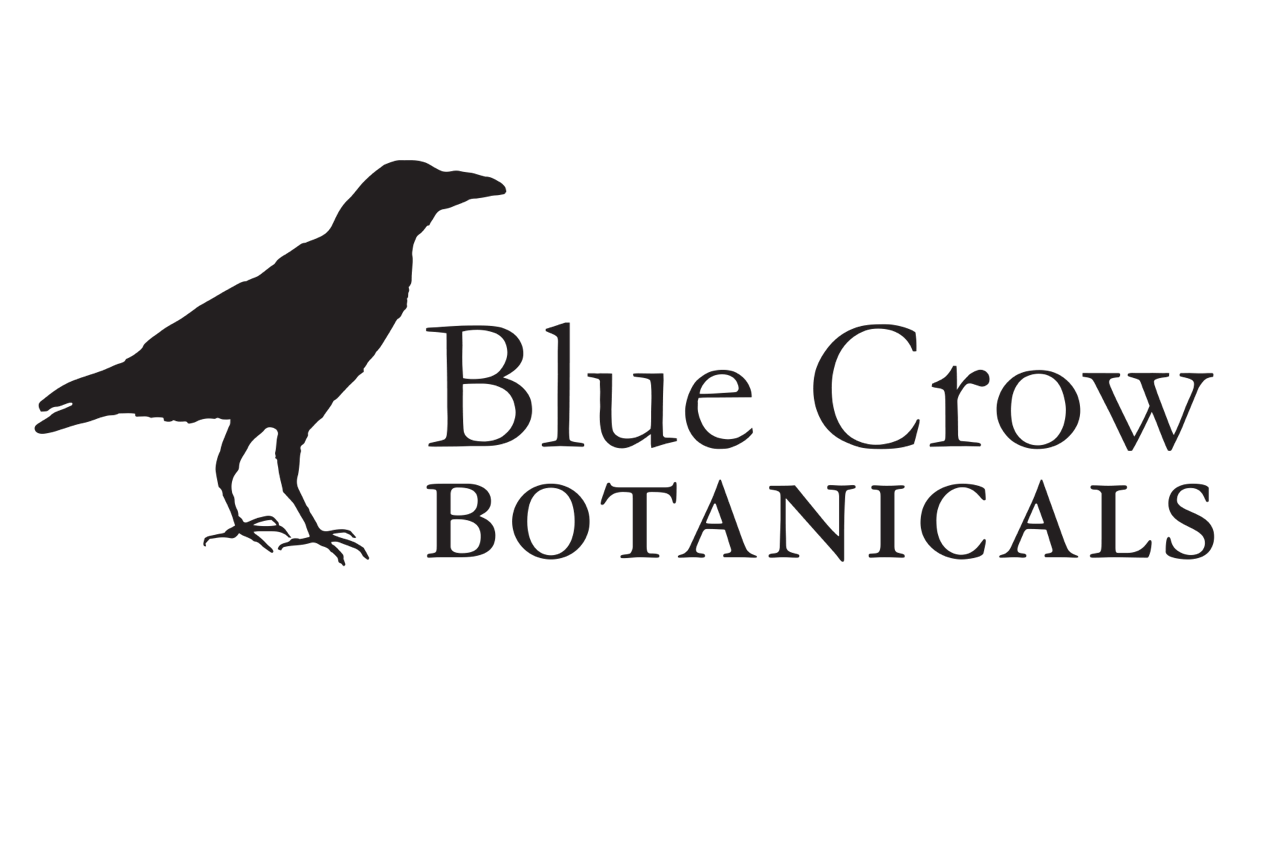Growing Medicinal Plants at Home
Medicinal herbs can be bought in the form of extracts, capsules, teas and powders but you can grow many of your favorite plants at home. Fresh plants are unique and special in their aroma, taste and vitality. And when you dry them at home they are at their freshest and last so much longer. Growing from seed is also cost effective and growing medicinal plants is a wonderful way to learn about them and from them.
Growing Plants Indoors
You can start seeds in a sunny room or windowsill facing south. Many plants appreciate more warmth to start but others need cooler temps and darkness. There are usually adequate details on the seed packet or online. Some plants want the seed coat to be scratched (scarification) or soaked to open the seed coat. Others need some time in a refrigerator or freezer (simulated winter) before they germinate.
You can set up some shop lights if you don't have enough sun. We use an inexpensive shelf unit and hang two lights above each shelf. Make sure the lights are close enough to the plants that they don't stretch out (get leggy) If they do add more light. Also you can cover a tray with plastic wrap or a clear cover that lets light in to retain moisture and warmth.
Start your plants about 6-8 weeks before they will be safe in the garden after frost and are about 4 or more inches tall. This allows them to be strong enough to be on their own but not so mature that they struggle to transition to a different environment.
Making mistakes is never a problem. Think of it as an education. Every year even after decades, we learn new things about the plants and come into a deeper closer relationship with them. Failures teach so much.
Direct Sowing
Many medicinal plants like Calendula, Chamomile, Nettles, Oats, or Echinacea for instance can be directly seeded into your garden or any open spot of ground that has a least 6 hours of light. After sowing, water everyday and more frequently if days are dry. Once they emerge and get 2 pairs of true leaves above the first pair (called cotyledons), you can lessen the care and attention a bit. Plants can be covered in the garden as well or mulched to retain moisture and protect from wind.
Benefits of Growing Native Plants
If you grow plants that are native to your bioregion, they are more likely to thrive. Native landscaping is the best support for pollinators and food of larger animals. Planting native plants supports ecological balance for all living things including us.
Sourcing Seeds
Below you’ll find a few links to reliable medicinal seeds that we use. There are others that are also good. Note that your bioregion or the erratic nature of climate now make every year different.
In Conclusion
Pick a few plants you’d like to get to know, and just begin. Remember making mistakes is part of the learning process. Growing from seed is so exciting. To watch seeds germinate, plants emerge, and grow and turn into food or medicine brings us deeply into the web of life.
Let us know in the comments section below what plants or growing related topics you might like to read about.

